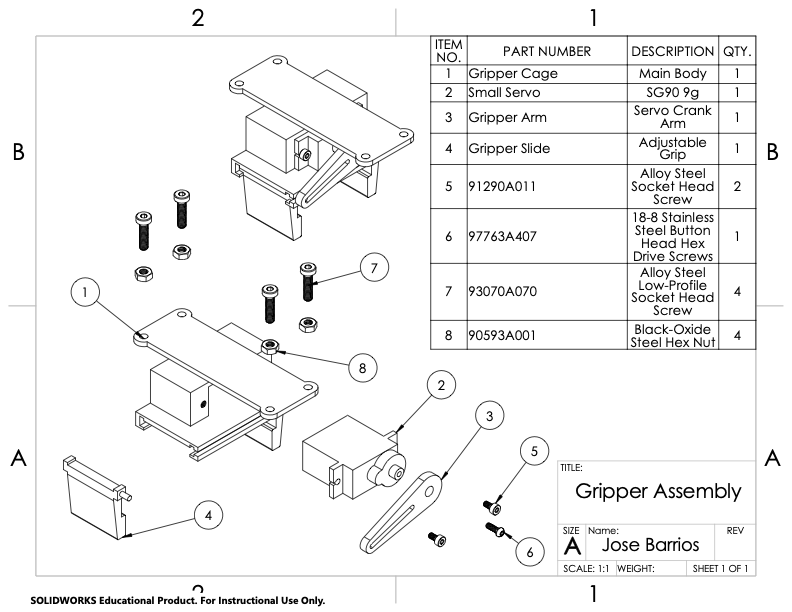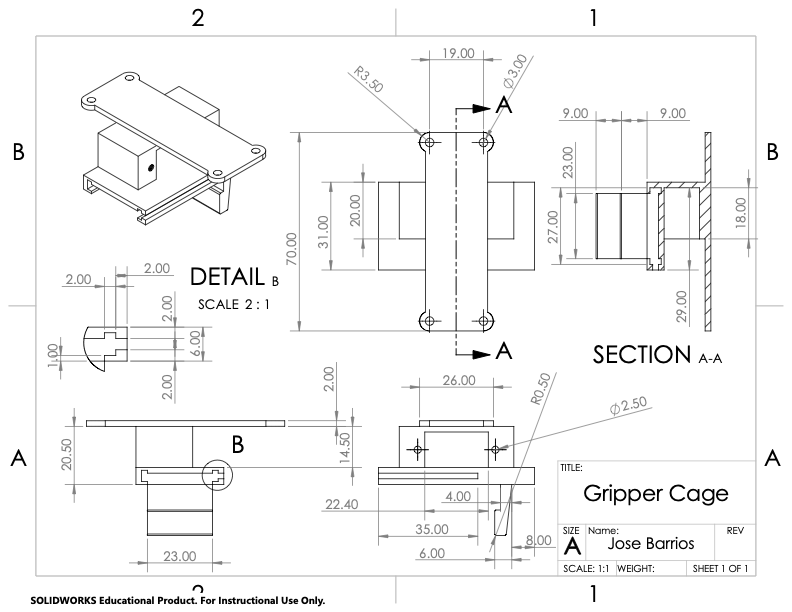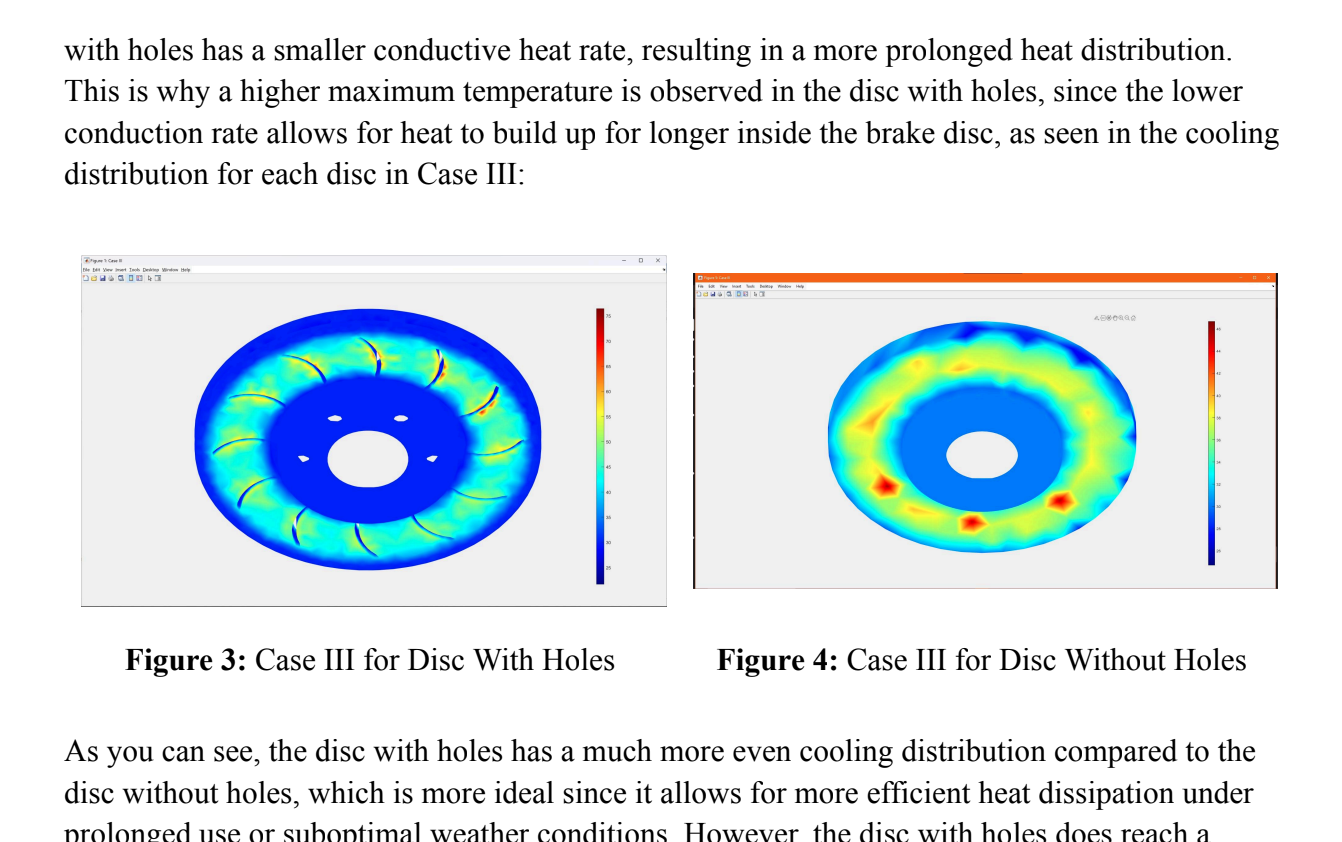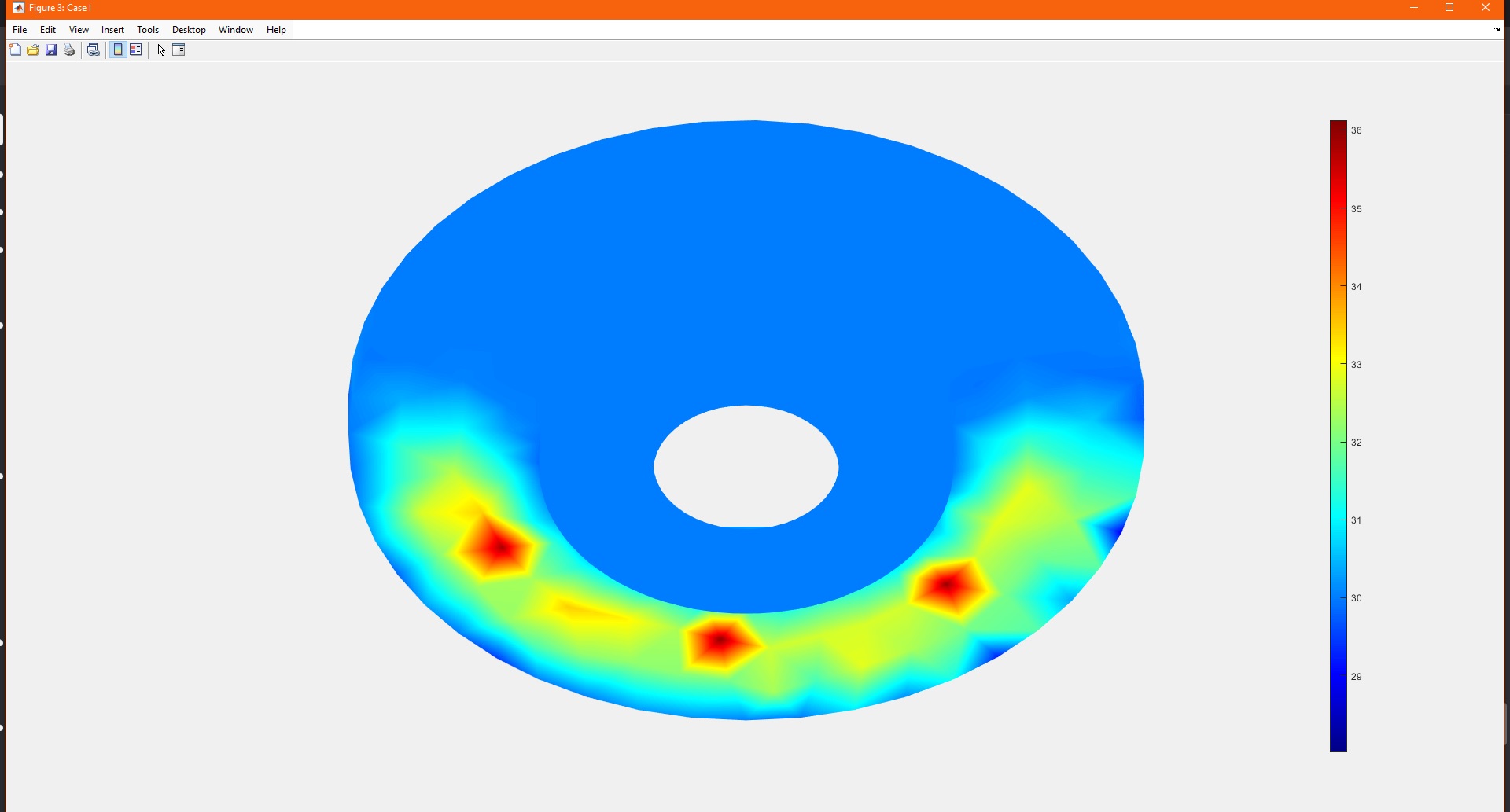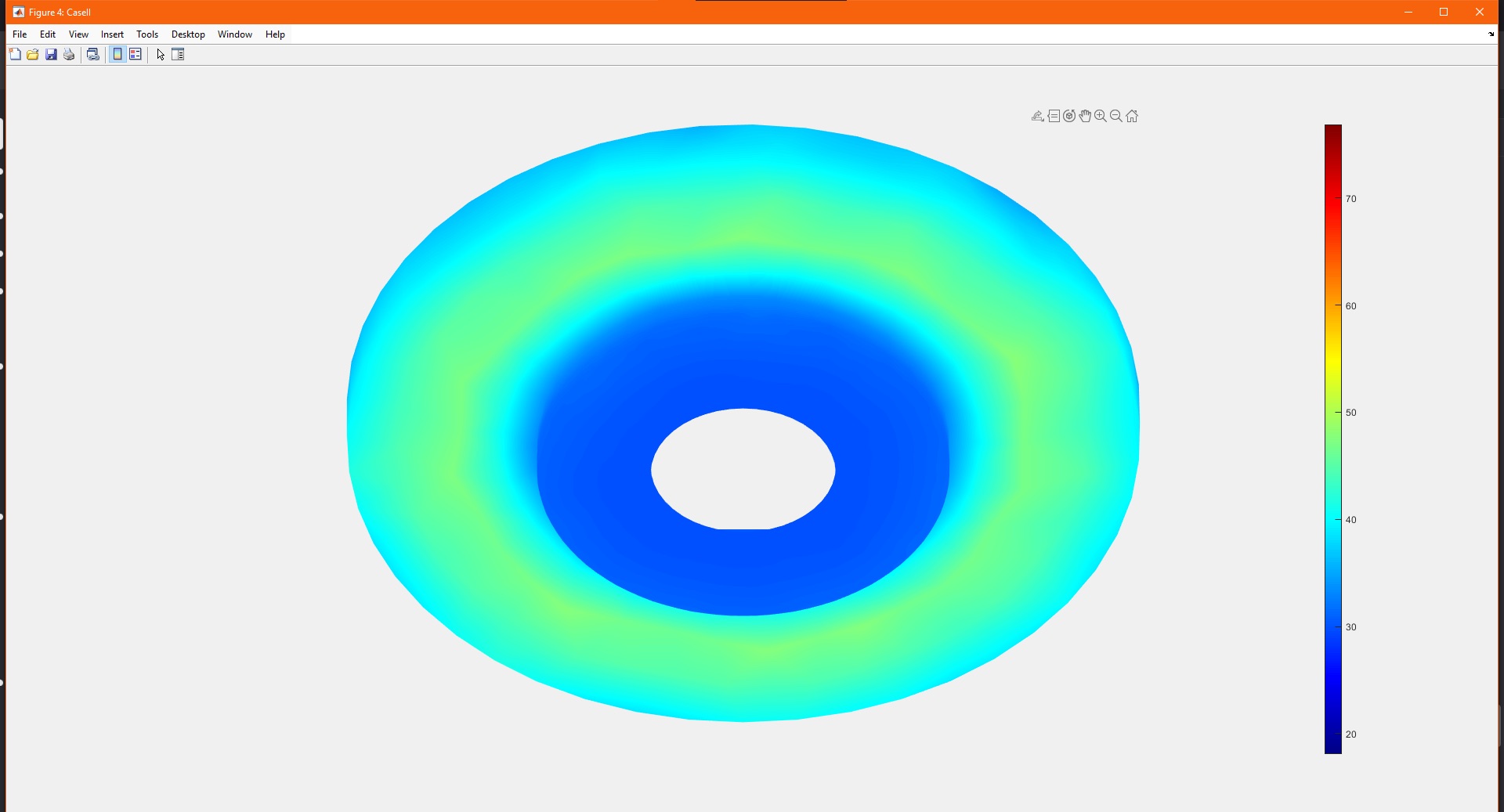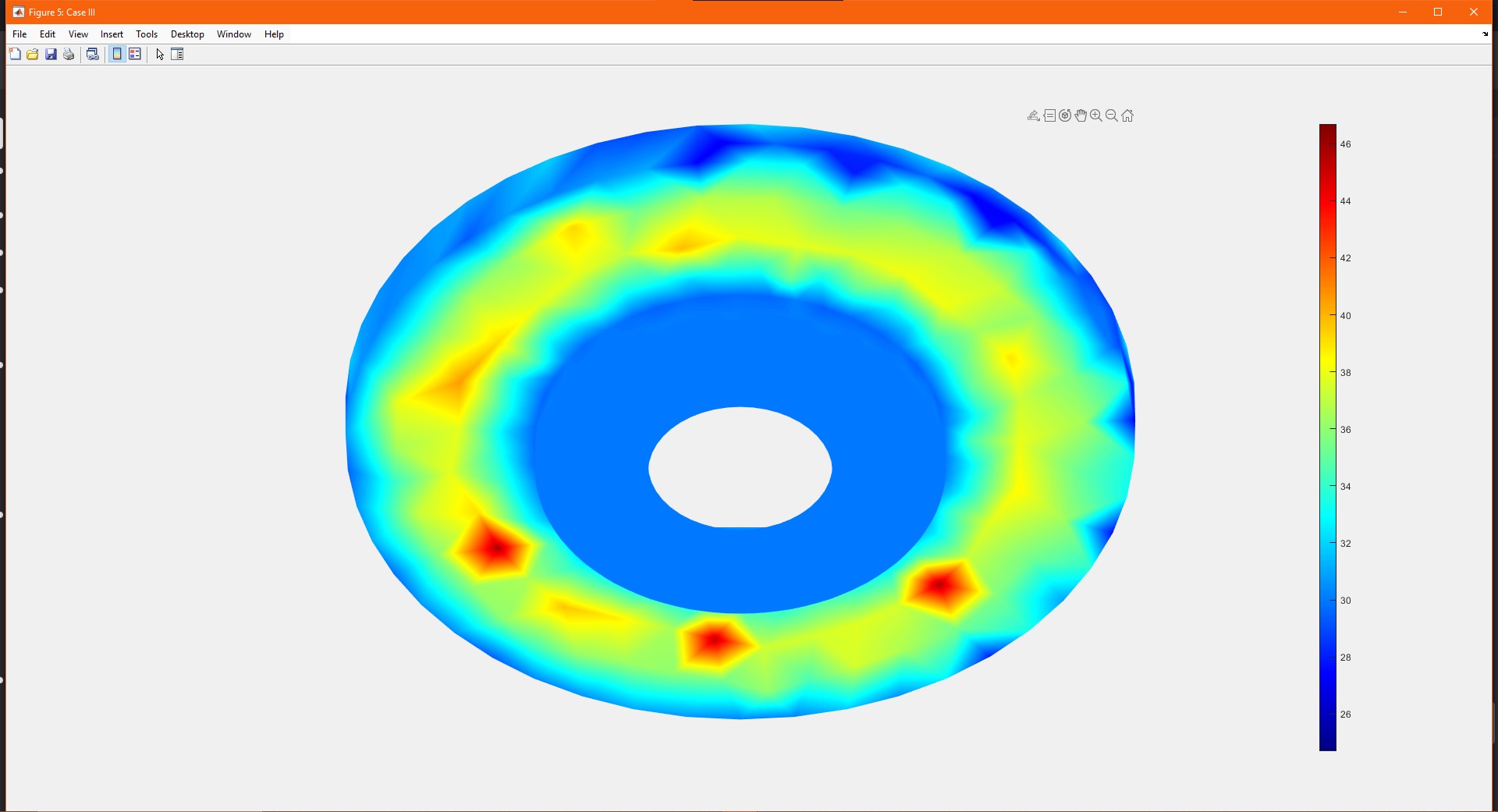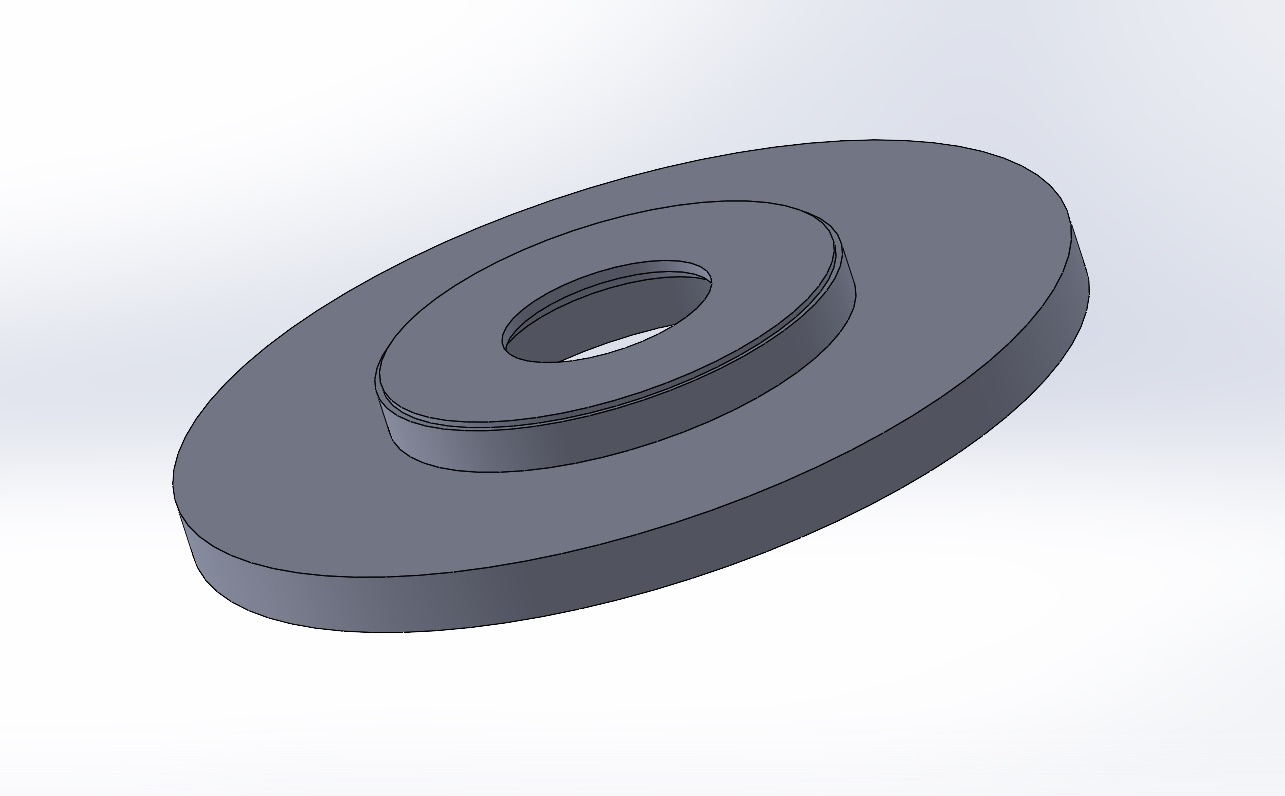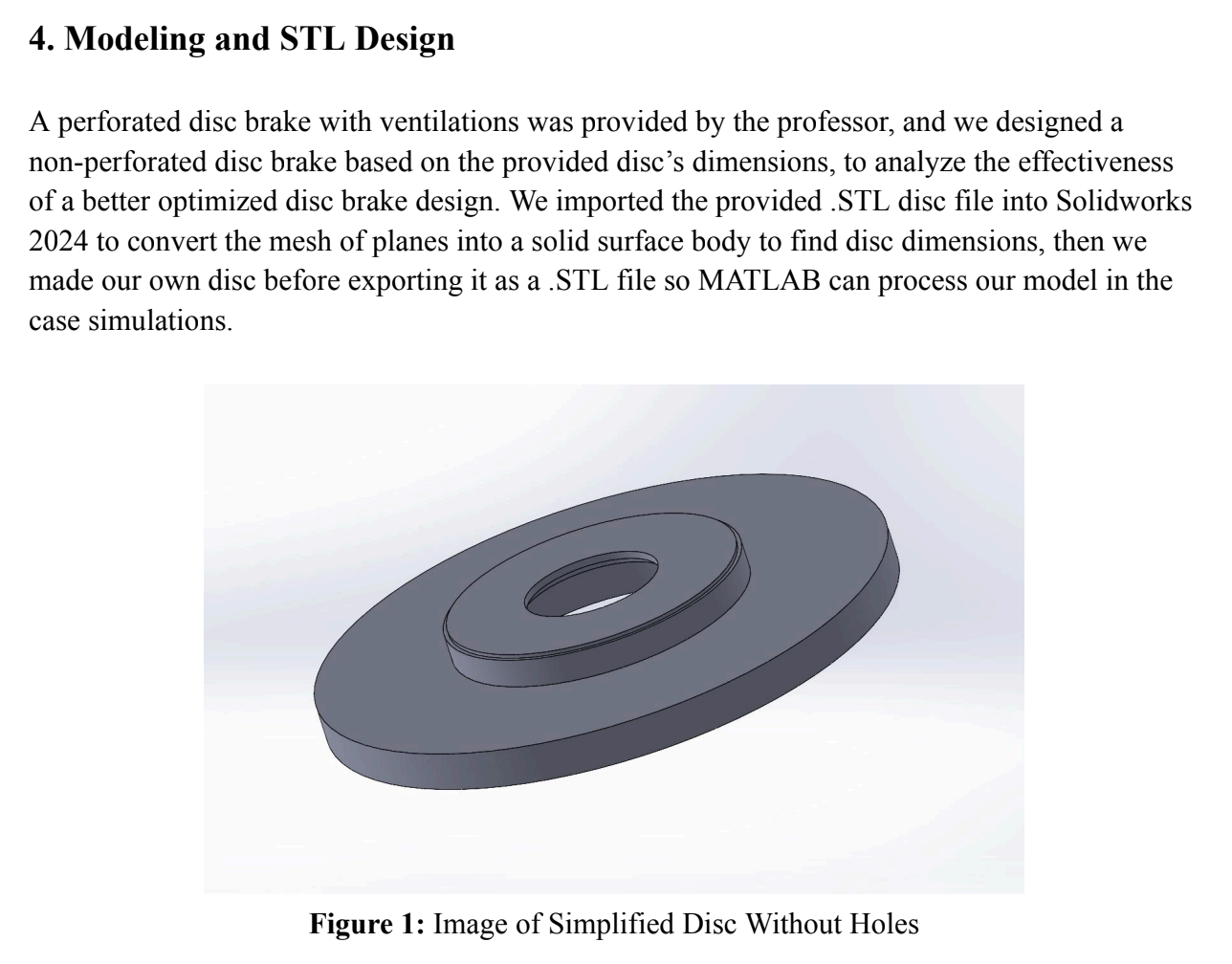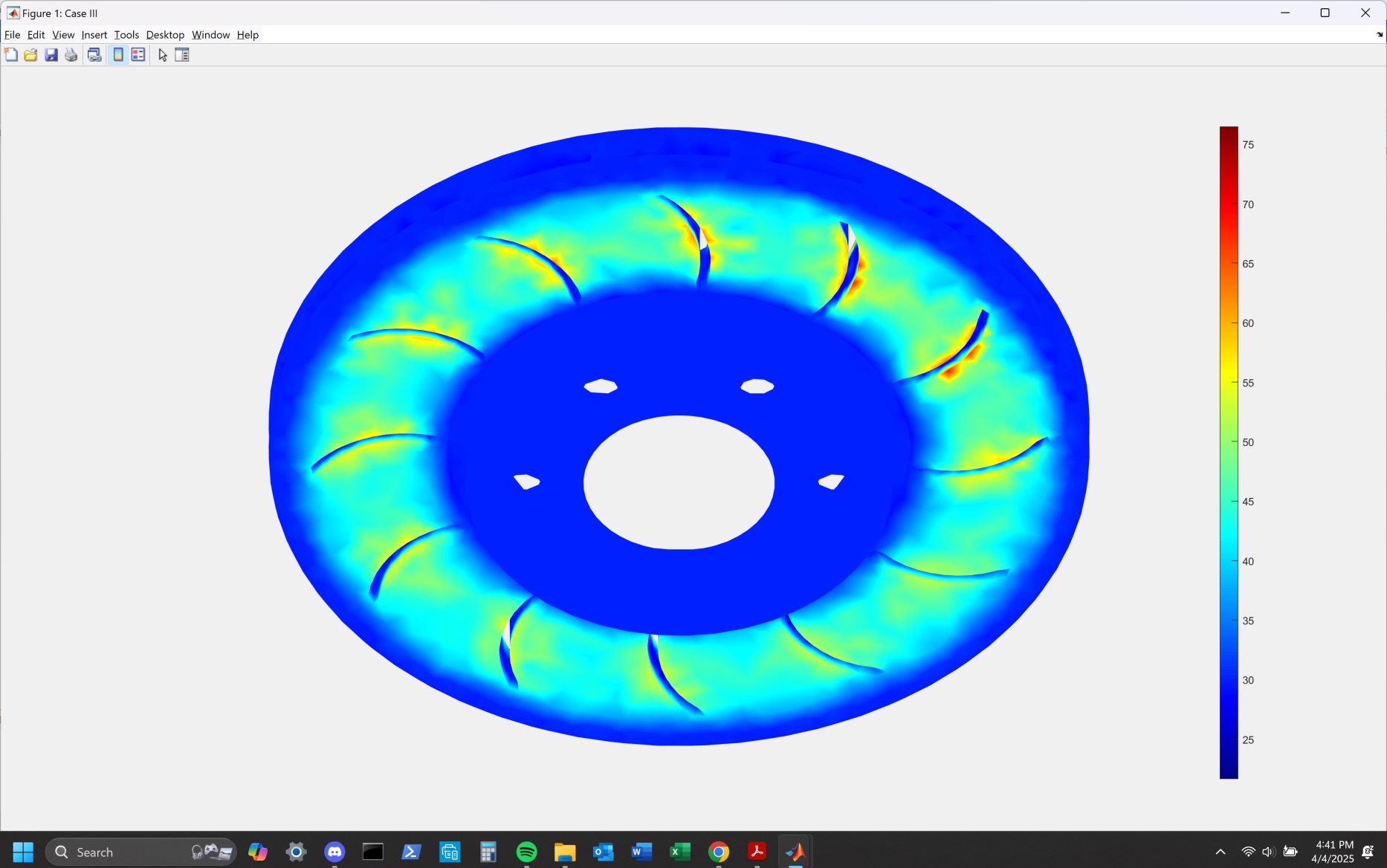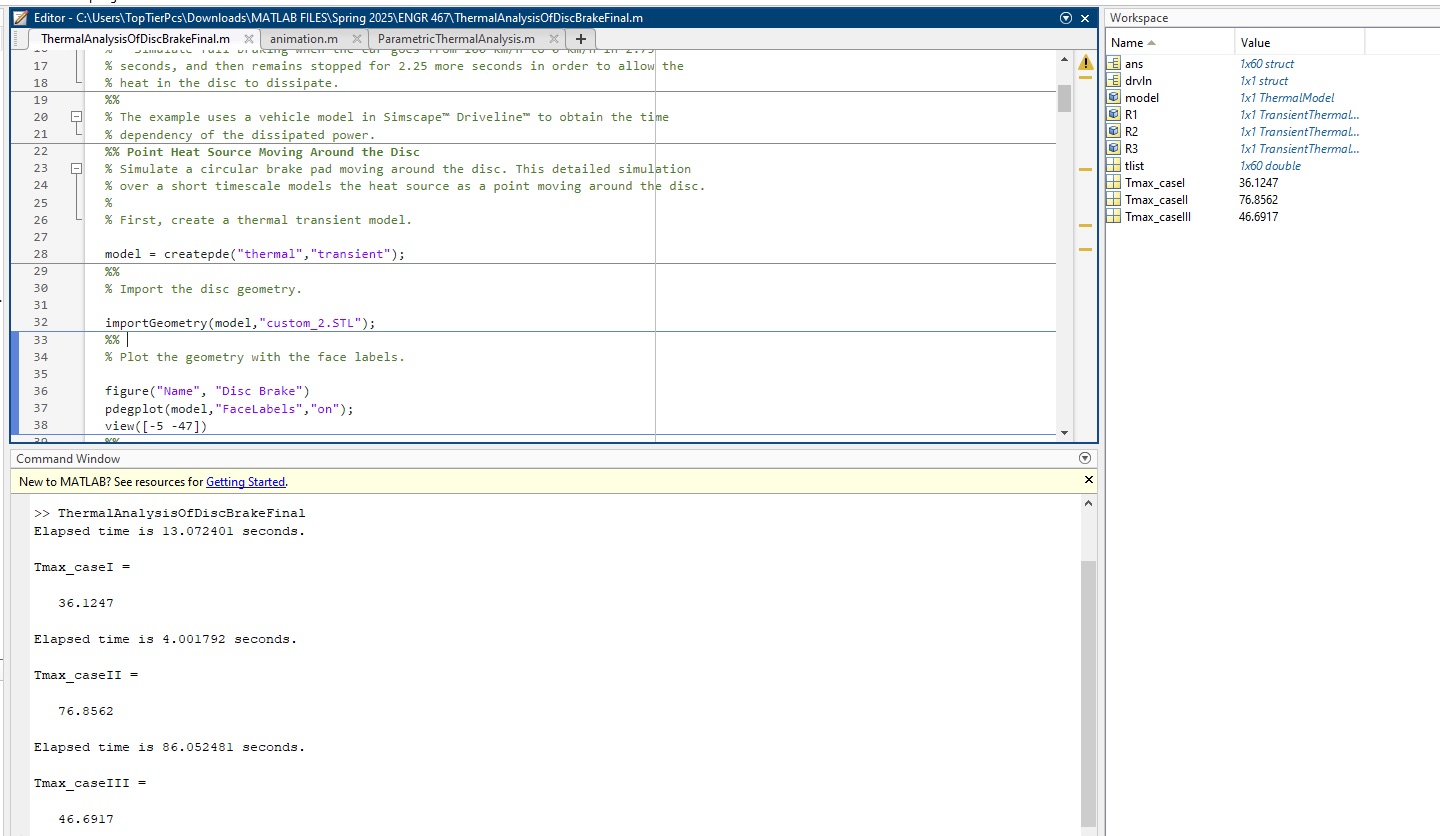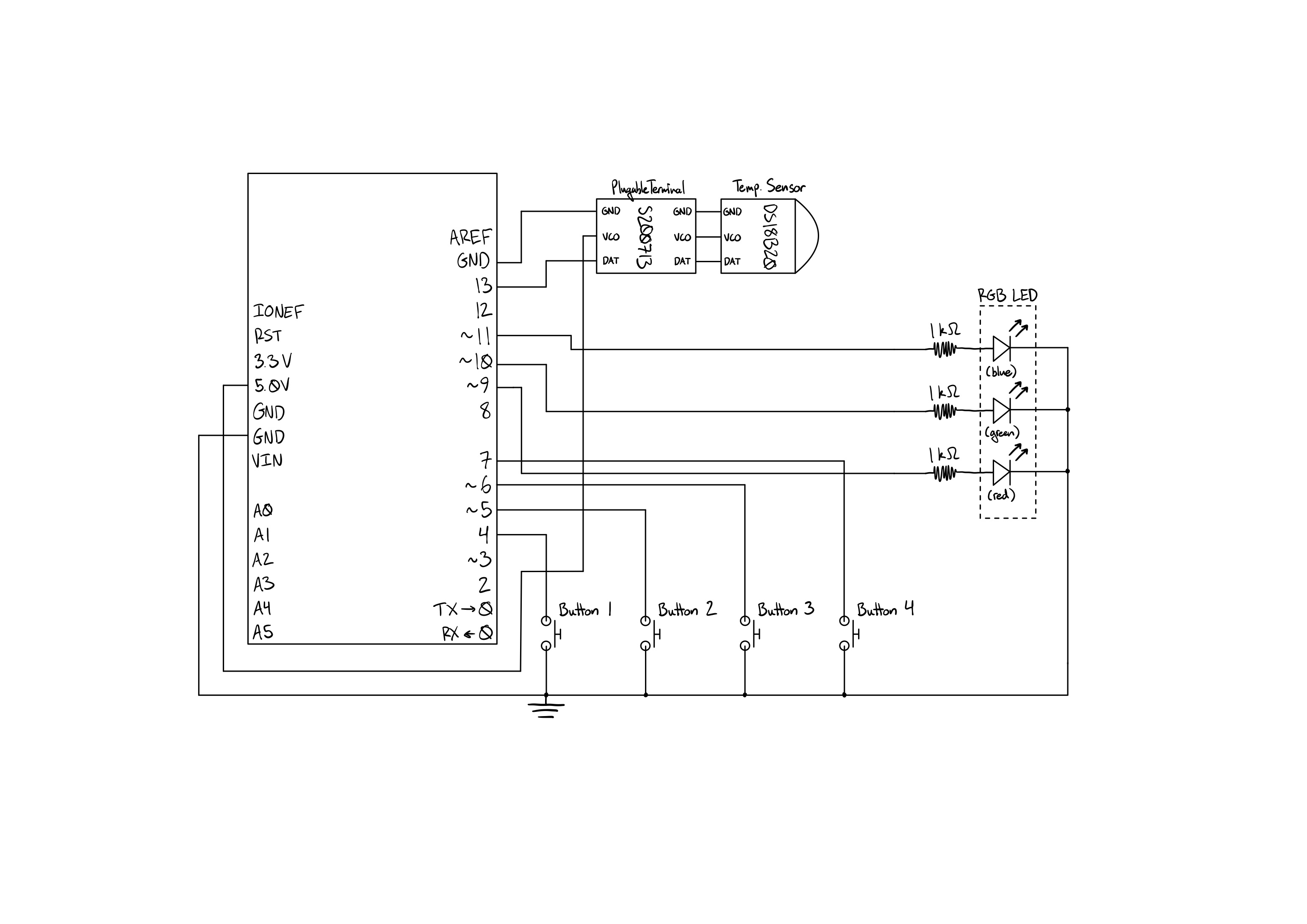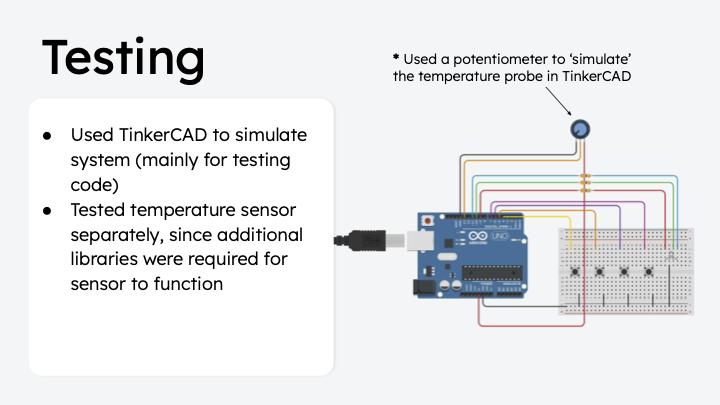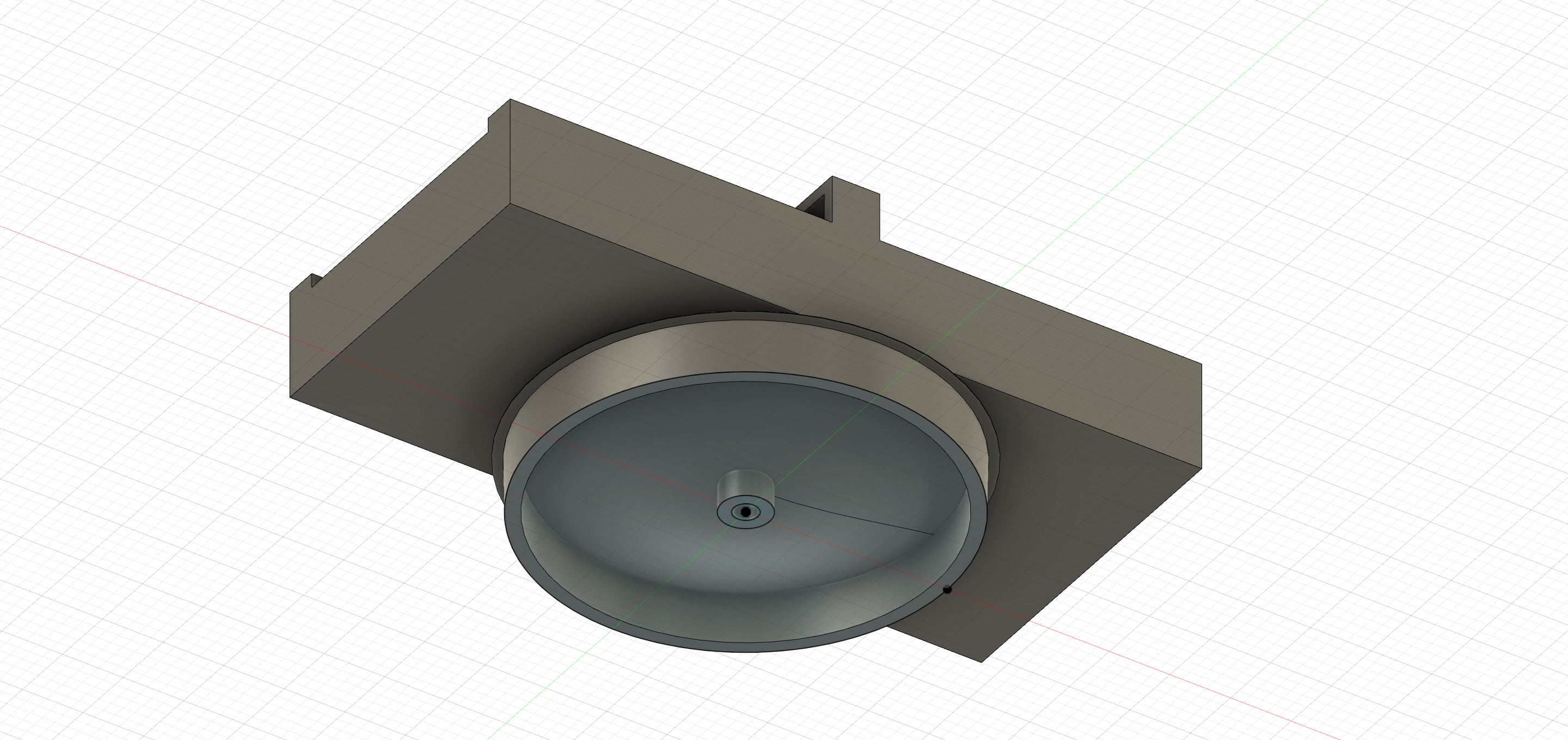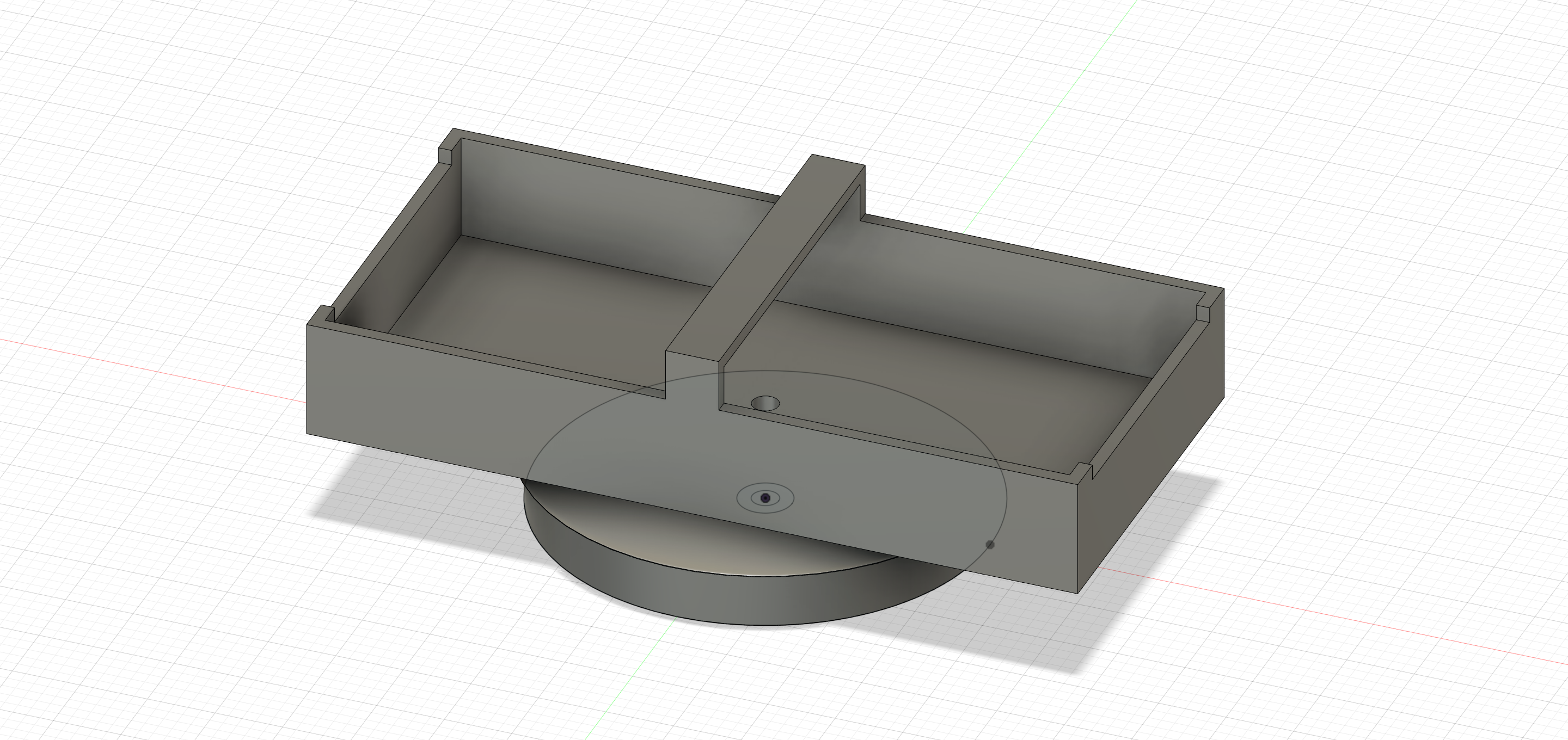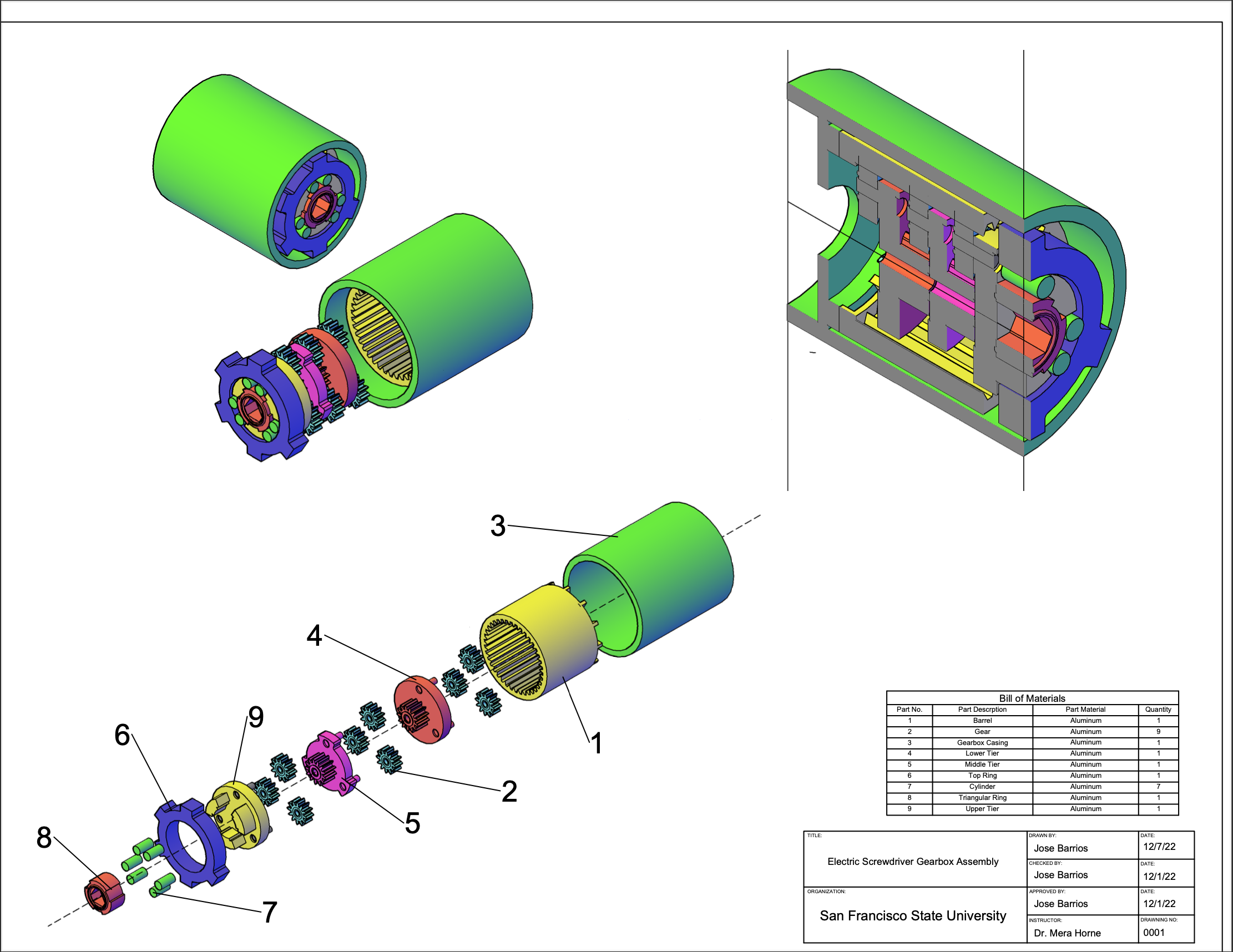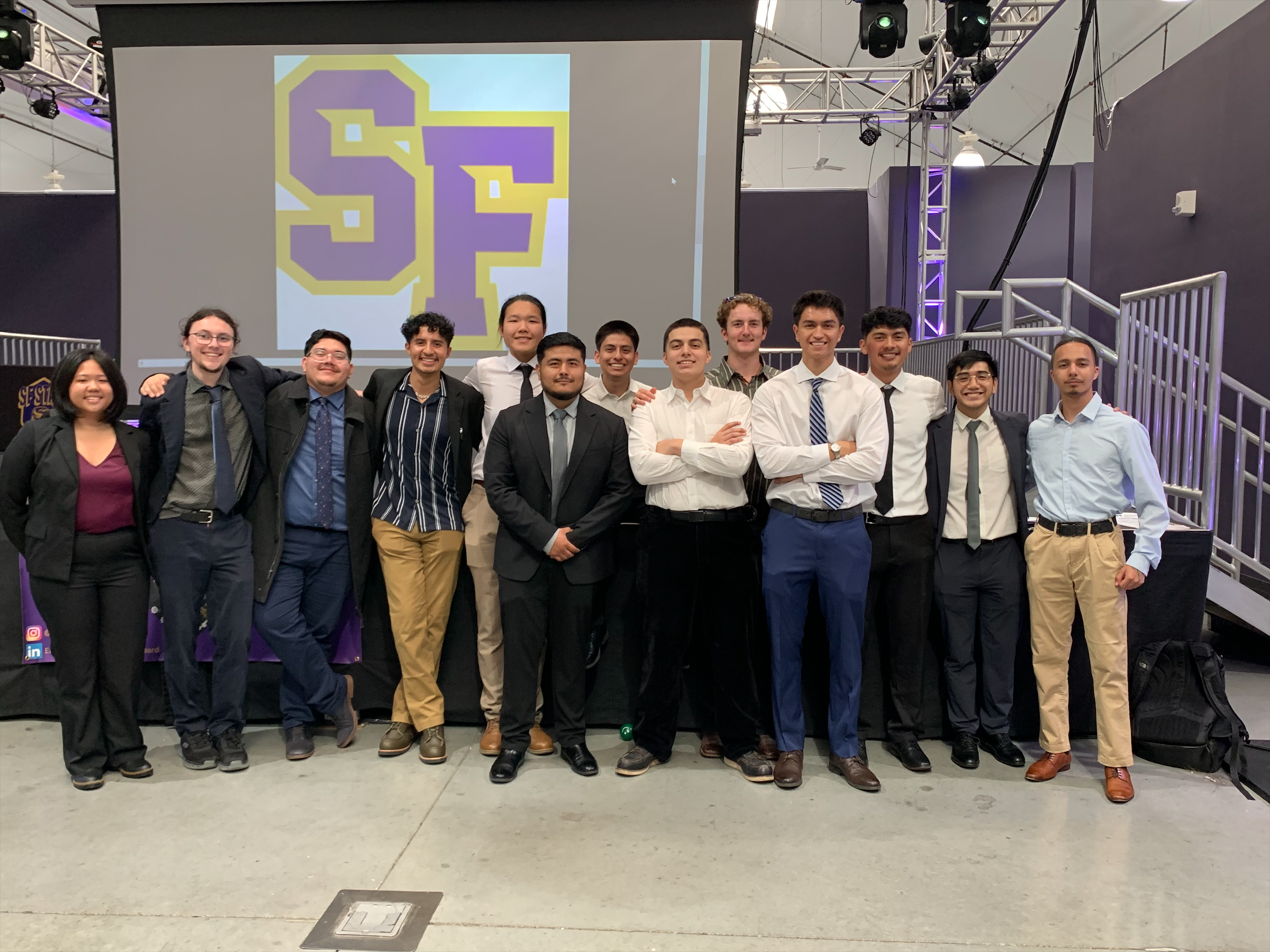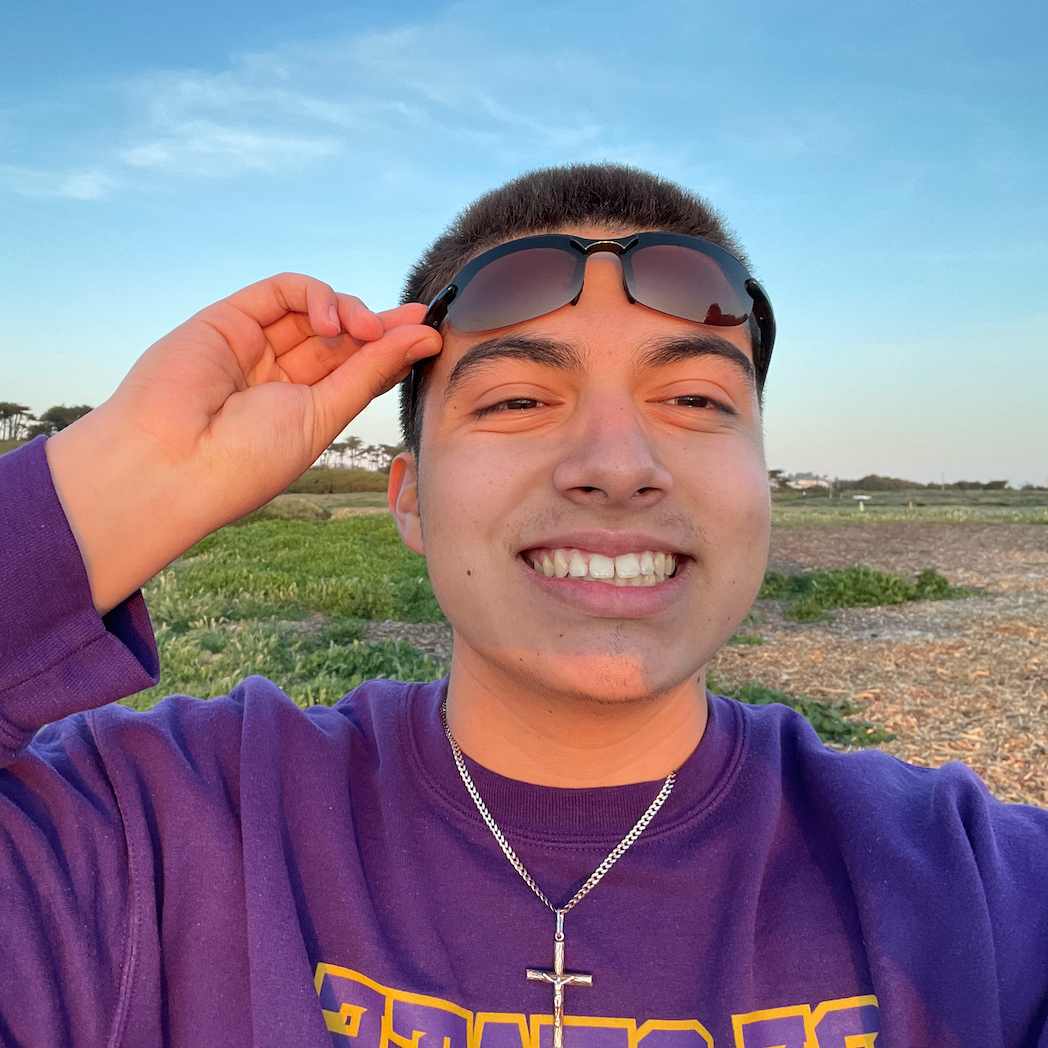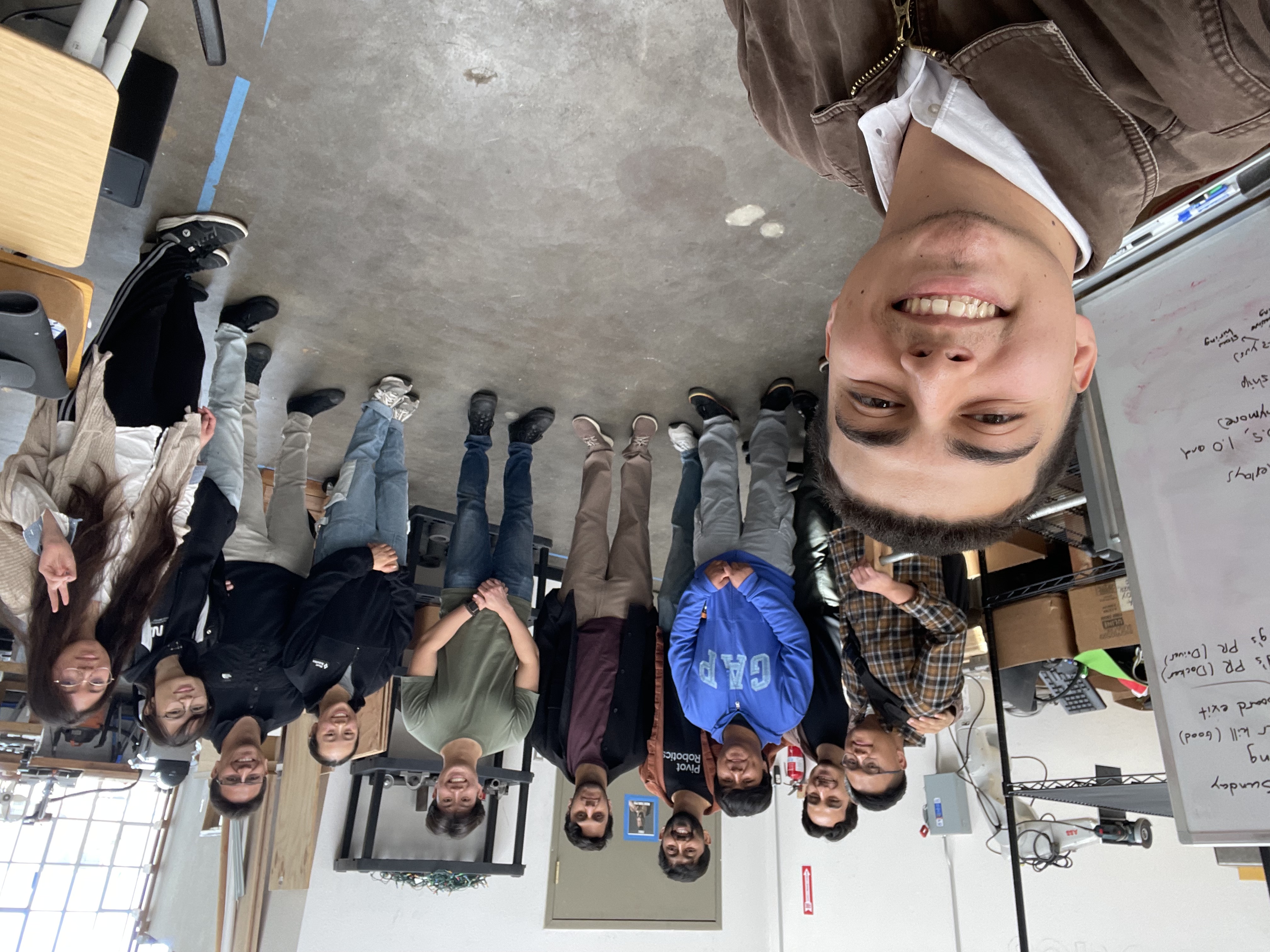Now here are some of the projects I've worked on in my academic career!
Make sure to click "Learn More" to get more information on each project, and check out the photo gallery for all of my projects using the button at the bottom of this list.
Autonomous Drone CAD Project
Intro to Solidworks @ SFSU
> Learn More (Show Project Report)
This was the final project for my Intro to Solidworks course, where the objective was to design a quadrotor drone using 3D-printed material, with all parts modeled in Solidworks from scratch (except imported McMasterCarr parts). The project subject came from the challenge of reverse engineering a mock quad drone for an ASME IAM3D competition. The parts were existing off-the-shelf components that were recreated with accurate dimensions for future 3D printing, except for the gripper mechanism used to pick up and set down cubes (see list below). which was ideated and designed from scratch. The CAD models for the gripper assembly included assembly drawings, as if the gripper mechanism were to be machined. The quadrotor drone had to meet a series of requirements for the model to be fully functional, if replicated in real life:
> Max volume of 250 x 250 x 250 mm
> Needs to be have ease of assembly and easily repairable
> All components assigned have to be attached to the finally drone assembly, in a neat manner
> Drone has a mechanism to pick up and set down a 1 x 1 x 1 in cube
To create all the components in Solidworks, we used all of the techniques and tools taught throughout the course, including a variety of sketching, features, assembly, simulation, and rendering tools found inside the software, to create each component from reference images and data sheets provided by the professor. Afterwards, we downloaded all additional pieces from McMasterCarr (e.g. bolts, nuts, washers, etc) and created the full drone assembly. Then we were tasked with coming up with our own solution to pick up and set down the cubes using a simple servo motor, generating not only the CAD files and attaching them to the drone, but also a BOM and assembly drawings for our cube gripper solution. Next, we generated an exploded view animation of the drone and a propeller motion video to demonstrate how the drone would look when powered on in real life. Lastly, we did a presentation introducing the original IAM3D design challenge, breaking down our methods/techniques used for each components, explaining the assembly process, and describing the methodology and design choices for the gripper assembly.
Click here to download all gripper assembly drawings
Transient Thermal Analysis of a Disc Brake
Heat Transfer @ SFSU
> Learn More (Show Project Report)
This project report assigned in my Heat Transfer course tackled our understanding of transient thermal behavior by trying to predict, and then running simulations on the thermal behavior of disc brakes under different braking conditions. Disc brakes need to undergo thorough tests on thermal distribution since the heat buildup while braking can reduce friction, harm their performance, and even potentially cause failure. The study my team and I conducted focused on comparing a perforated disc brake with a solid disc brake (no holes/grooves), to observe how design choices affect the maximum temperature, cooling distribution, and overall efficiency reached by both disc brakes. We also investigated the effect of ambient temperature and different weather conditions on a brake’s performance.
Using the transient conduction equation for cylindrical equation, we had the theoretical foundation of our temperature distribution model, which tested three different cases:
> Case I: Constant power applied using circular brake pads
> Case II: Linearly decreasing power using ring-shaped brake pads
> Case III: Linearly decreasing power using circular brake pads
Two STL models were used, a perforated disc brake provided by our professor, and a solid disc brake created by us, to be analyzed in MATLAB simulations. These simulations gave the runtime and maximum temperature for all three cases on each disc brake, as well as displaying the cooling distribution over time on the STL model of the disc. We also conducted a parametric study on how different ambient temperatures affect convective cooling and risk of brake failure using simulation data and outside sources.
Our results showed that the perforated disc achieved more even cooling distribution, yet it reached a higher maximum temperature in most cases, due to the reduced area for conduction and increased thermal resistance. In Case II, both designs reached similar maximum temperature, while in Cases I and III, the difference was more apparent with the solid disc staying cooler but with worse heat dissipation. The parametric study revealed that higher ambient temperatures reduce heat dissipation and increase the risk of brake fade. The study also showed that colder or wet weather enhances the brake’s cooling ability, but they also reduce friction and can even causing warping. The overall results showed that their are trade-offs between cooling effectiveness, maximum temperature, and real-world operating conditions that need to be considered for any design choice.
Click here to download the technical report
Automatic Kettle Project
Intro to Microcontrollers @ SFSU
> Learn More (Show Project Report)
This project was the final project for my Intro to Microcontrollers course, an opportunity for us to freely create a device that solved a problem in our day-to-day lives, incorporating the use of a microcontroller as well as related circuit components. My project is an attachment for my stovetop kettle that replaces the kettle lid with a device that can let the user know when their water is ready, with an ability to set the temperature depending on the drink desired. The electric kettle attachment has a temperature probe that detects the water temperature, a series of buttons to set what temperature the user would like the water at, and a RGB LED alerting the user when the water is ready. These parts were connected together using a breadboard and controlled by an Elegoo UNO R3, all of which were housed inside a custom-designed case printed using PLA plastic, made with the help of the dimensions of the old top for the kettle for a perfect fit.
Originally, I had planned to design and build a simple drip coffee machine, but repeated hardware failures (including a nonfunctional water level sensor and a broken heating element) made the project unsafe to continue. As a result, I pivoted to creating an electric kettle attachment for my stovetop kettle, incorporating a DS18B20 temperature sensor, an RGB LED, control buttons for temperature thresholds, and a microcontroller,
I drew a handwritten schematic to lay out how the components would be put together, then I recreated the schematic in TinkerCAD and wrote some initial code to test how the microcontroller would respond to the water temperature meeting the request threshold, using a potentiometer in place of the temperature sensor.
After confirming that my code worked, I uploaded it to my Elegoo UNO R3 microcontroller and tested the device in real life by placing the temperature probe in hot water and setting a reduced testing threshold. Once my electronics worked instead of malfunctioning like the previous version, I got to worked to design and 3D print the housing for my project, all of which was done using reference measurements from my kettle and designed on Fusion360. Lastly, I put the entire project together and confirmed that it worked in real life, submitted a project report going into detail about the design and building process, and showed my result later that week in a class presentation.
Click here to download the final project report
Click here to download the presentation slides
Screwdriver Gearbox CAD Project
Engineering Graphics @ SFSU
> Learn More (Show Project Report)
This was the first project I did in my engineering career, during my first semester in my engineering graphics class. Our final project challenged us to recreate a tool or appliance in AutoCAD, and my group chose an electric screwdriver, with my portion of the project being the most intricate component: the gearbox. We had to include a list of pieces in our final drawing, as well as display them during our project presentation:
> Fully assembled model
> An exploded view
> Numbered call outs on the exploded view parts
> List a Bill of Material (BOM) of the numbered balloons callout (part number, material, description, and quantity)
> One part three orthogonal views (Front, top, and right side views)
> One section view
> Add any additional feature as desired
We learned the basics on how to design and dimension parts, using a variety of sketching, extrusion, and assembly tools to recreate the different components. We also practiced putting components in different views, at first hand-drawn, then in AutoCAD as seen in the final drawing. We then progressed to creating assembly and placing those in part drawings, and at the end learned how to make those drawings detailed enough for manufacturing, including accurate dimension, tolerancing, call outs, and a BOM.
